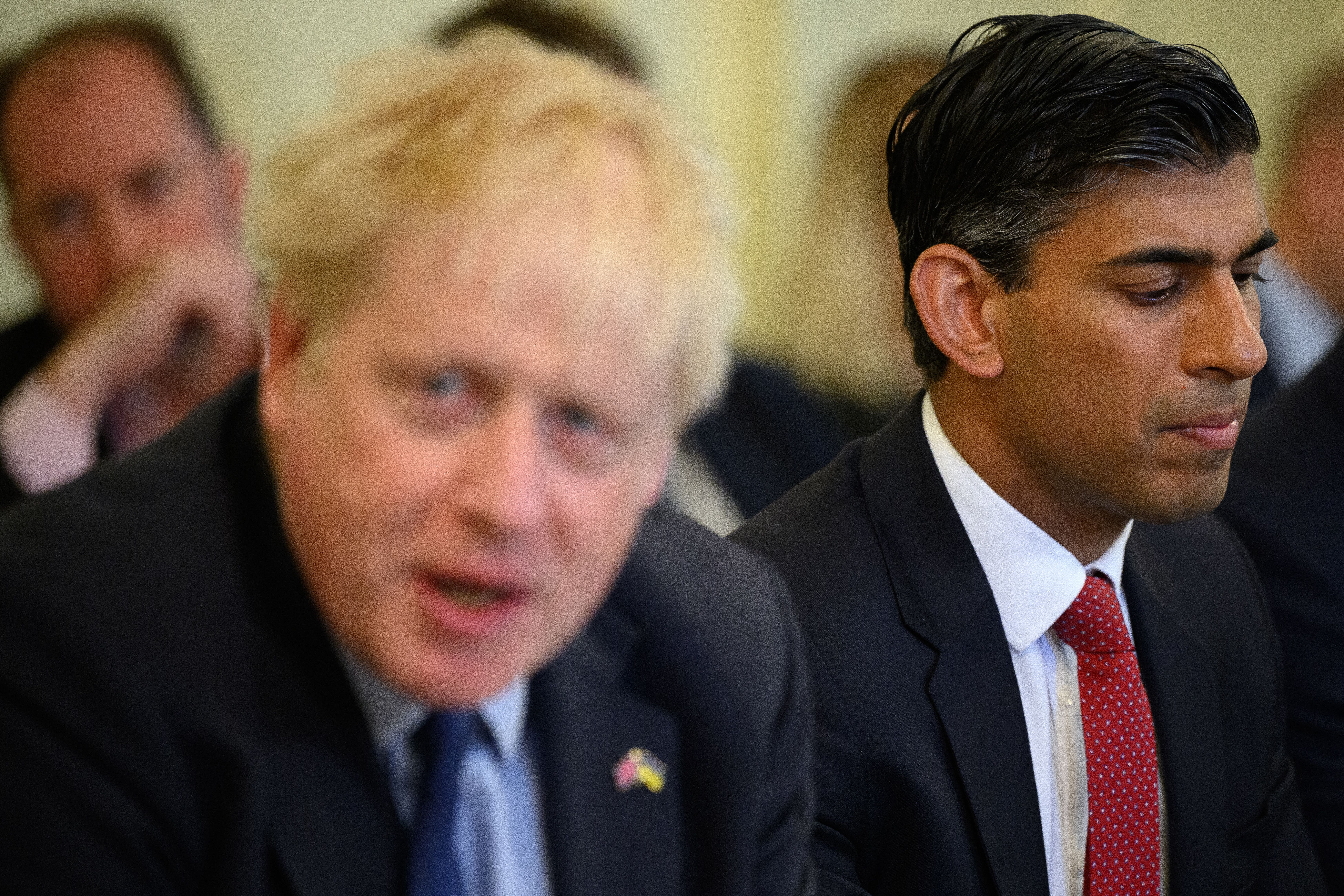Could tactical voting force Rishi Sunak out of No 10?
The three upcoming crunch by-elections all have the potential to swing votes decisively for the main parties contesting them, writes John Curtice


Three by-elections occasioned by the sudden decisions of Boris Johnson and two of his acolytes to leave the House of Commons. None of them are contests that Rishi Sunak will relish, at a time when his party is still as much as 16 points behind Labour in the national polls. Yet they are, nevertheless, three by-elections with a rather different character.
Mr Johnson’s Uxbridge seat on the western periphery of London looks by far the most difficult of the three seats for the Conservatives. True, a recent poll conducted by Lord Ashcroft suggested Mr Johnson would have won the seat if he had fought the by-election following a successful recall petition. In the event, Mr Johnson has decided not to follow that path.
Labour only need a 7.5 per cent point swing, little more than half the 14 per cent figure currently being registered in the national polls. It is also well below the near 12 per cent swing Labour recorded in the three by-elections that have been held (all in Labour seats) since Sunak became prime minister.
Indeed, Labour would be expected to win Uxbridge in a general election if it were on course to win an overall majority. Doing so in a by-election where the reputation of the former Tory incumbent is under a large cloud in the eyes of many voters would seem not just a desirable, but an essential target for Keir Starmer.
The other two seats, Selby and Ainsty, situated in a rural hinterland between Leeds and York, and mid-Bedfordshire, located just north of Luton, are a much more formidable challenge for the opposition.
In 2019, Nigel Adams enjoyed a 36 point lead over Labour in Selby, while Nadine Dorries was 38 points ahead in mid-Bedfordshire. That means Labour need a 18 per cent swing in Selby and one of 19 per cent in mid-Bedfordshire, well above the current national swing and also well above anything that the party has achieved in any by-election so far in this parliament.
However, similar though the result of the last general election was in the two constituencies, in other respects there are some crucial differences. Selby voted decisively for Brexit in 2016 – by 58 per cent to 42 per cent.
That is not necessarily good news for the Conservatives, whose support in May’s local elections fell more heavily in places that were most pro-Leave in 2016. Meanwhile, although the seat was only created in 2010, estimates of how the constituency would have voted in 2005 suggest Labour would have only been four points away from taking the seat.
In short, safe though Selby now looks, Labour have enjoyed significant support there in the past.
Mid-Bedfordshire, in contrast, only voted narrowly for Brexit – by 52 per cent to 48 per cent, just like the country as a whole. That means it is not quite one of the classic “Blue Wall” constituencies in and around London that elected a Conservative MP in 2019 after having voted Remain in 2016 – that is, the kind of seat where the Liberal Democrats are hoping to make gains at the next election. Indeed, the party came a poor third in the seat in 2019.
However, there is a history of some past Liberal Democrat strength – and little of Labour. Unlike Selby, the Liberal Democrats were ahead of Labour in 2005, albeit narrowly. Even in 1997, when Tony Blair secured a landslide, Labour were still as much as 14 points behind locally. Meanwhile, Liberal Democrat activists were reportedly heading for the constituency over the weekend.
Given their poor result last time, the Liberal Democrats would need as much as a 24-point swing to take the seat from the Conservatives.
However, that is less than the 34 per cent swing the party secured in North Shropshire and the 30 per cent swing in Tiverton and Honiton, though in both cases the former incumbent Conservative MP had resigned under a cloud, which is not true of Nadine Dorries’ departure in mid-Bedfordshire.
However, one key ingredient of those Liberal Democrat successes was the party’s ability to persuade Labour voters to cast an anti-Conservative tactical vote in their favour – in both instances the Labour vote fell heavily.
That squeeze was seemingly aided by Labour’s apparent decision not to mount much of a campaign in the seat, a decision that was reciprocated by the Liberal Democrats in the Wakefield by-election where Labour emerged victors.
But now that it is determined to demonstrate it can win an overall majority next year without having to rely on the support of minority parties, will Labour be willing to take a back seat this time around – even if the Liberal Democrats indicate their willingness to give Labour a clear run in Selby?
Might a split opposition vote in mid-Bedfordshire allow the Conservatives to scrape through?
It is not just Sunak who has some potentially important decisions about how to contest this trio of by-elections.
John Curtice is Professor of Politics, Strathclyde University, and Senior Research Fellow, National Centre for Social Research and ‘The UK in a Changing Europe’






Join our commenting forum
Join thought-provoking conversations, follow other Independent readers and see their replies
0Comments